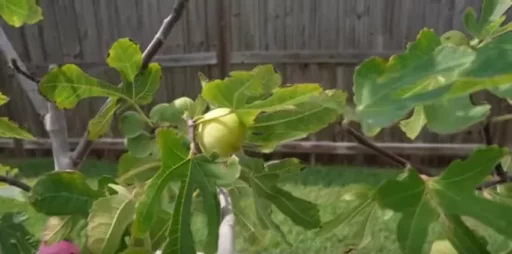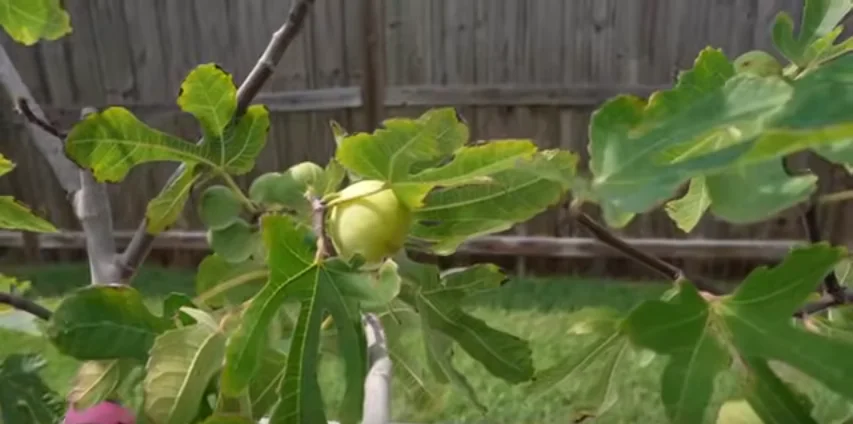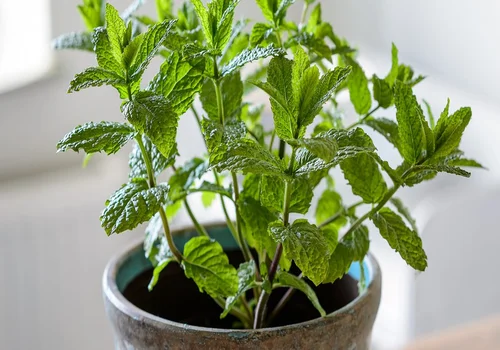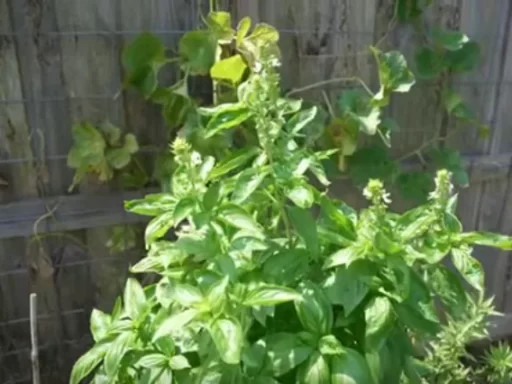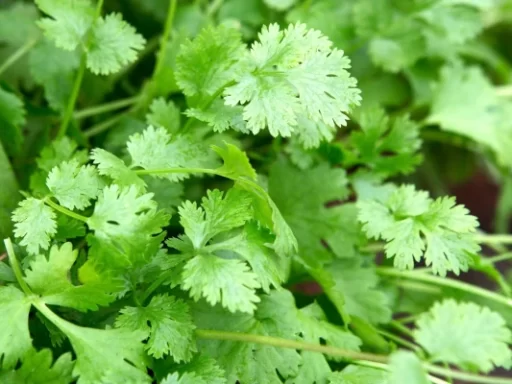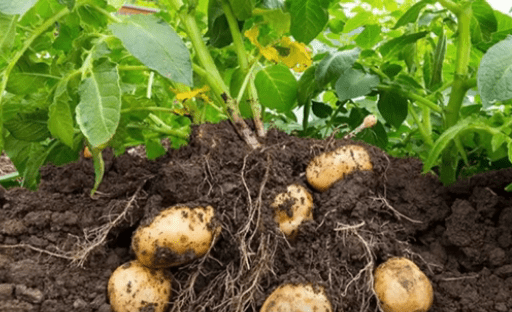After over three years of careful breeding and experimentation, my fig tree project has finally yielded incredible results. This journey has been long and challenging, but the pay-off is beginning to bear fruit—literally. I am thrilled to share the exciting progress of my fig tree breeding experiment, which is now starting to show significant results.
Overview of the Fig Tree Breeding Experiment
More than three years ago, I embarked on an ambitious fig tree breeding experiment. I began with the goal of breeding parthenocarpic figs—those that can bear fruit without pollination. This project aimed to answer many questions regarding the cultivation of figs from seed, specifically how long it takes for female fig trees to mature and produce fruit. Up until now, there has been limited data available, and through this experiment, we have started to gather concrete results.
How Long Does It Take for Fig Trees to Mature?
One of the most frequently asked questions throughout this experiment has been: how long does it take for a female fig tree grown from seed to reach maturity and produce fruit? After years of monitoring, the results have begun to speak for themselves. Although a few trees bore fruit as early as their first year, these were outliers. The vast majority of the fig trees in the experiment have taken over three years to set fruit.
This year, approximately one-third to 40% of the 42 fig trees in my breeding experiment have produced fruit, with the majority still needing around four years to mature. This timeline provides valuable insight into fig tree cultivation, as it suggests that while some trees are early bloomers, most require at least three to four years to produce.
Fig Tree Breeding Theory: Parthenocarpic Figs
The theory behind this experiment was to breed parthenocarpic figs—figs that do not require pollination. In their native habitats, figs depend on a small insect known as the fig wasp for pollination. However, outside of specific areas like parts of California, fig wasps are not present in the United States, making parthenocarpic figs essential for successful fig cultivation here.
By crossing persistent male and female fig trees, I aimed to develop offspring that carry the genetic mutation for persistence, resulting in parthenocarpic figs. My hypothesis was that all offspring from this breeding process would be heterozygous, and the embryos that did not carry the genetic mutation would not form.
The Results: Fruiting Fig Trees
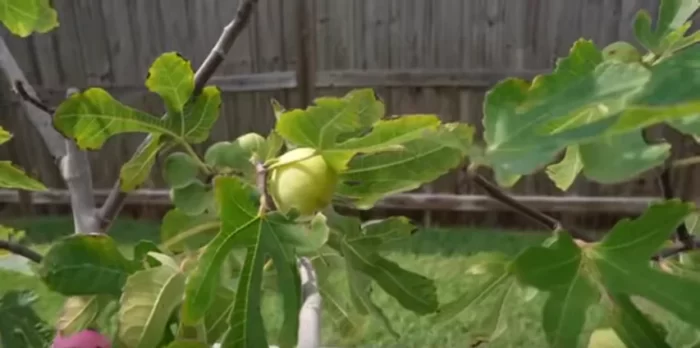
Over the course of the experiment, five of my fig trees have ripened fruit. Interestingly, all five have been female, and all five have shown the genetic mutation for persistence, confirming that they are parthenocarpic. While it is mathematically possible that this was mere coincidence, it is highly improbable. This consistent outcome further supports my theory that breeding persistent male and female figs results in parthenocarpic offspring.
Despite this success, one puzzle remains—why have none of the ripened figs been male? One potential explanation is that fig trees may behave similarly to humans, where females mature earlier than males. This may account for the early ripening of female figs, while male figs have yet to reach maturity.
Taste Testing the New Fig Varieties
As part of the experiment, I have conducted taste tests on several of the newly ripened figs. The results have been overwhelmingly positive, with each fig offering unique flavors and textures. Some figs have a honey-like sweetness, while others boast a rich, strawberry jam-like flavor. Despite challenging weather conditions that impacted the ripening process, the quality of the fruit has been impressive.
Among the most exciting developments is the possible creation of a parthenocarpic variety of the Meteorito fig, which typically requires pollination. If confirmed, this would represent a significant breakthrough in fig breeding.
Challenges and Next Steps
While the experiment has yielded fantastic results, there are still challenges to address. Managing 42 fig trees is no small feat, especially as they require larger pots and more space to grow. Additionally, I am eagerly awaiting the ripening of male figs, which would allow me to narrow down my collection and focus on the best-performing trees.
The next step in the experiment will be to determine which female figs produce the highest-quality fruit. This will require patience, as the trees need more time to mature fully. In the meantime, I will continue monitoring their progress and sharing updates.
Conclusion
This fig tree breeding experiment has been a remarkable journey, with many lessons learned along the way. After over three years, I am beginning to see the fruits of my labor—literally. While there is still much work to be done, the progress so far has been incredibly promising. With continued dedication and experimentation, I hope to refine these fig varieties and contribute valuable insights to the world of fig cultivation.

